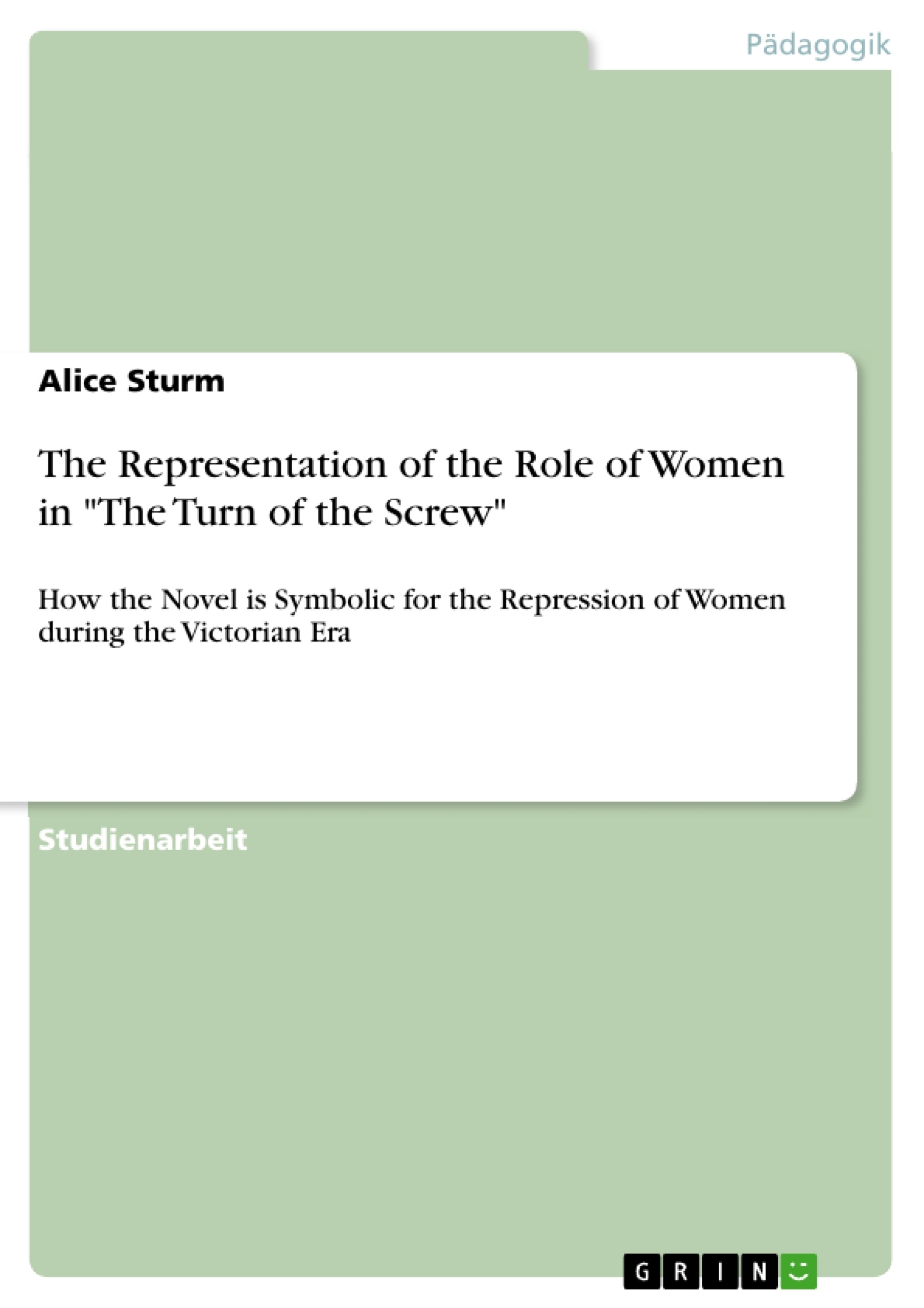Few, if any historical time periods were characterized by such profound change, penetrating all areas of political, social, and cultural life, as was the Victorian Era in England and Great Britain. The British Empire with its colonies spanned the whole globe and new influences, needs, and inventions partly called for and partly brought about change in all shapes and forms.
One very important part of this overall change was the fight for women’s rights and the starting change of the traditional gender roles. Many people fought for women’s right to vote, more rights inside of a marriage, and much more, leading to the first wave of feminism. Of course, a topic of such social importance was not only discussed in political debates but permeated through many aspects of the life of the time, one of which being literature. Many authors reflected traditional gender roles in their works, by showing female characters behaving in new and uncommon ways or putting them in difficult situations.
This paper analyses the role of women during the Victorian Era as shown in Henry James' novel 'The Turn of the Screw'.
Inhaltsverzeichnis
- Introduction
- The Victorian Era
- A Short Outline
- Focus on Women
- The Narration-Style
- The Turn of the Screw: The Main Characters
- The Governess Development Throughout the Novel
- The Children Miles and Flora and the Governess' Relation to Them
- The Mystery at Bly - The Apparitions and Their Meaning
- Quints Apparition on the Tower
- Quints Apparation Behind the Window Glass
- Mrs. Jessel's Apparition at the Lake
- Mrs. Jessel's Apparition in the Schoolroom
- The Central Meaning of the Apparitions
- The Aspect of Property in The Turn of the Screw
Zielsetzung und Themenschwerpunkte
Diese Arbeit analysiert Henry James' Roman "The Turn of the Screw" im Kontext der viktorianischen Gesellschaft und zeigt, wie der Roman die repressiven Strukturen aufzeigt, unter denen Frauen in dieser Zeit leben mussten. Die Analyse konzentriert sich auf die symbolische Bedeutung der Handlung und der Figuren für die Unterdrückung von Frauen während der Viktorianischen Ära.
- Die Rolle der Frau in der viktorianischen Gesellschaft
- Die Darstellung der Unterdrückung von Frauen
- Die symbolische Bedeutung der Geistererscheinungen
- Die Rolle der Erzieherin und die Konflikte zwischen traditioneller und moderner Weiblichkeit
- Die Bedeutung von Eigentum und sozialer Position für Frauen
Zusammenfassung der Kapitel
Die Arbeit beginnt mit einer Einführung in die viktorianische Gesellschaft und ihre tiefgreifenden Veränderungen, insbesondere in Bezug auf die Rolle der Frau. Sie beleuchtet die traditionelle Rollenverteilung, die Enge der weiblichen Lebenswelt und die frühen Kämpfe für Frauenrechte. Der Fokus liegt auf den Herausforderungen und Unterdrückungen, denen Frauen im viktorianischen England ausgesetzt waren.
Das zweite Kapitel widmet sich der Analyse der Erzählstruktur und den Hauptfiguren in "The Turn of the Screw". Hier werden die Rolle der Erzieherin, ihre Beziehung zu den Kindern Miles und Flora sowie die Bedeutung der Geistererscheinungen untersucht. Die Analyse konzentriert sich darauf, wie diese Elemente die Unterdrückung von Frauen symbolisieren und die Themen der Sexualität und des sozialen Kontrollmechanismus in der viktorianischen Gesellschaft widerspiegeln.
Das dritte Kapitel befasst sich mit den verschiedenen Geistererscheinungen im Roman und ihrer Bedeutung. Die Arbeit analysiert, wie diese Erscheinungen die Unterdrückung von Frauen symbolisieren und die Konflikte zwischen traditioneller und moderner Weiblichkeit aufzeigen. Die Kapitel beleuchtet auch die Rolle der Erzieherin als Opfer des viktorianischen Gesellschaftssystems.
Das vierte Kapitel untersucht die Rolle von Eigentum in "The Turn of the Screw" und seinen Einfluss auf die Emanzipation von Frauen in der viktorianischen Gesellschaft. Die Analyse zeigt auf, wie die gesellschaftliche Positionierung von Frauen eng mit ihrem Besitz verbunden war und wie die wirtschaftliche Abhängigkeit von Männern die Frauen oft in eine untergeordnete Rolle drängte.
Schlüsselwörter
Die Arbeit konzentriert sich auf die Darstellung der Unterdrückung von Frauen in der viktorianischen Gesellschaft. Dabei stehen die folgenden Schlüsselbegriffe im Vordergrund: Viktorianische Ära, Frauenrechte, "The Turn of the Screw", Symbolismus, Erzieherin, Geistererscheinungen, Eigentum, soziale Position, Kontrolle, Weiblichkeit.
- Quote paper
- Alice Sturm (Author), 2018, The Representation of the Role of Women in "The Turn of the Screw", Munich, GRIN Verlag, https://www.grin.com/document/437626



